1. Smart Thermostats
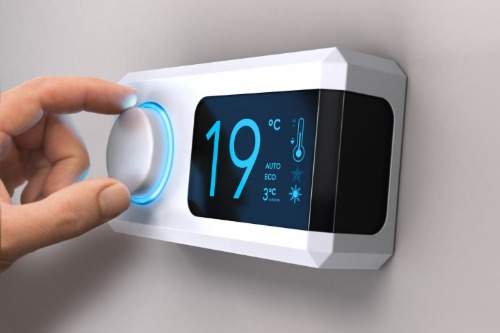
Smart thermostats like the Nest or Ecobee promise energy efficiency and comfort at your fingertips. But many renters or homeowners don’t know how to use them properly, or worse, don’t realize they’re set to eco-mode year-round. If it’s a shared space or rental, the app-based control is often disabled or limited, and resets happen every time the Wi-Fi glitches. So instead of smart climate control, you end up with a fancy wall ornament that just blinks at you.
Even in single-family homes, smart thermostats often rely on motion sensors to determine if someone’s home, which can confuse households with irregular schedules. That means your A/C might shut off while you’re in a different room—or heat up the house for no reason at all. Their full potential requires user input and system compatibility that a lot of homes just don’t have. So while they sound super tech-forward, they often just run like a dumb thermostat with a prettier face.
2. In-Unit Washer/Dryer Combos
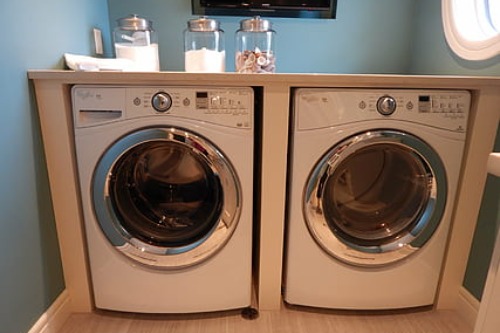
Combo washer/dryers promise space-saving brilliance and freedom from laundry day treks. The problem? They’re often slower, with smaller loads and longer dry times—sometimes taking 3 to 6 hours per cycle. And if it’s a ventless model, your clothes may never fully dry, leaving them steamy and damp.
These machines also tend to break down more frequently because one appliance is doing two jobs—washing and drying. That’s more wear and tear, more parts to fail, and longer repair times. Plus, if you overload even slightly, your clothes end up wrinkled and weird-smelling. It’s a solid idea that hasn’t quite caught up to American laundry expectations.
3. Rain Shower Heads
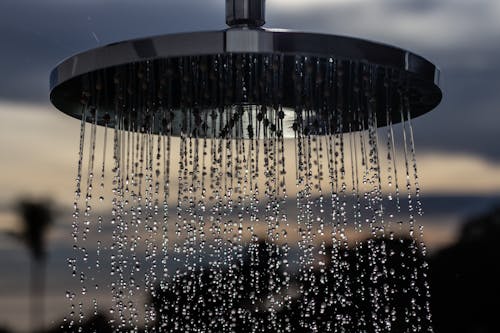
Rain shower heads are the kind of upgrade that sounds spa-like and luxurious on the rental listing. In practice, though, many are poorly installed or have weak water pressure, turning your “tropical rainfall” experience into a lukewarm drizzle. They also tend to be mounted flat overhead, which can make rinsing shampoo out of your hair surprisingly difficult. Add in the fact that many landlords cheap out on water-saving models, and you’ve got a high-end feature that often underperforms.
To make matters worse, calcium buildup and mineral deposits can clog the tiny holes more easily than traditional shower heads. That means unless they’re cleaned regularly—something many renters and even owners overlook—you end up with uneven spray patterns or even jets shooting in odd directions. Some higher-end models work great, but in average homes, they’re more about aesthetics than functionality. Still, they look great in photos, so they keep making the cut.
4. Garbage Disposals
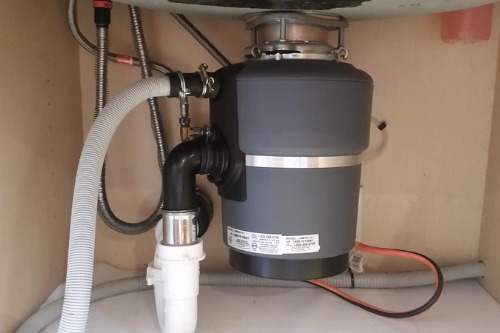
Ah, the humble garbage disposal—America’s loudest kitchen luxury. When they work, they’re convenient for quickly getting rid of food scraps, especially if you cook often. But they jam easily on anything from eggshells to vegetable peels, and some just stop working entirely after a year or two. You’re also not supposed to put coffee grounds, pasta, or fibrous foods down there—basically anything people actually try to put down there.
On top of that, garbage disposals often share a drain with the dishwasher, so one backup can mess up both systems. Repairs can be annoying and messy, and when a unit is underpowered (which it usually is in rentals), it’s more trouble than it’s worth. Most homes also don’t come with a disposal wrench, so one jam might mean calling maintenance. It’s a fun feature in theory, but one banana peel too many and it’s game over.
5. Under-Cabinet Lighting
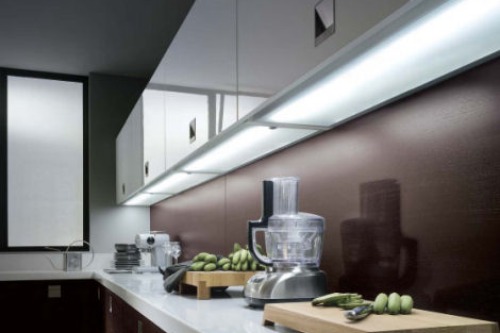
Under-cabinet lighting always looks sleek in listing photos or during a home tour. It’s great for illuminating kitchen counters and making your backsplash pop. But unless it’s a hardwired system, the lights are usually cheap LED strips stuck on with foam tape—and they fall off. Even if they stay in place, the lights themselves flicker or dim with time, especially with budget installations.
Battery-powered versions drain quickly or need constant charging, so they’re rarely maintained. Motion-activated ones might go off mid-chop if you’re standing still for too long. And hardwired systems? They’re great, but rare in mid-range housing and rentals. What starts as a cool feature often turns into one more thing to ignore or unplug.
6. Keyless Entry Systems
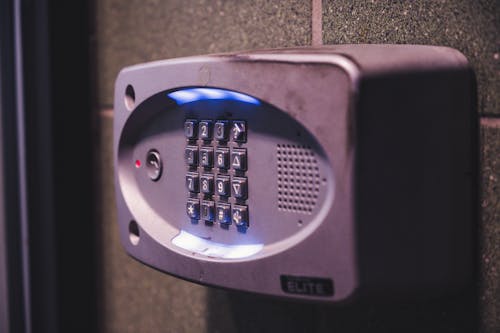
Digital locks sound like the future: no keys, no problems. But in practice, they’re often quirky, with touchscreens that wear out or Bluetooth features that lag. Dead batteries can lock you out at the worst time, and not all systems have backup keyholes—or the keys get lost anyway. And if it’s a shared unit, good luck resetting the code every time someone moves out.
They also tend to lose connectivity with smart home systems, especially when Wi-Fi is spotty. Some locks even auto-lock too aggressively, leaving you shut out for just grabbing the mail. Worse, some cheaper systems can be finicky in extreme temperatures, expanding or freezing in place. While it’s fun to feel like you’re living in a James Bond movie, you might end up crawling through a window.
7. Built-In Sound Systems
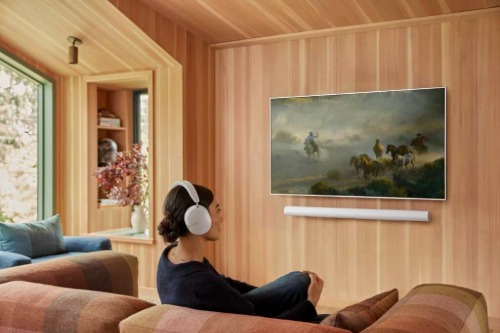
Whole-home audio systems are the dream for any music lover or movie buff. But many of them are based on outdated technology—think 2009 iPod docks or proprietary remotes that are long gone. If the system doesn’t support Bluetooth or Wi-Fi streaming, it quickly becomes a bunch of dead speakers in your ceiling. And rewiring or upgrading the system? That’s a wallet-emptying headache.
Even newer systems can run into compatibility issues, especially if the home’s Wi-Fi isn’t rock solid. And once something goes out—like a blown speaker or bad receiver—most people just stop using the whole thing. You’ll find homes with those sleek wall plates and volume knobs that haven’t worked in years. It’s a status feature that turns obsolete faster than you’d think.
8. Central Vacuum Systems
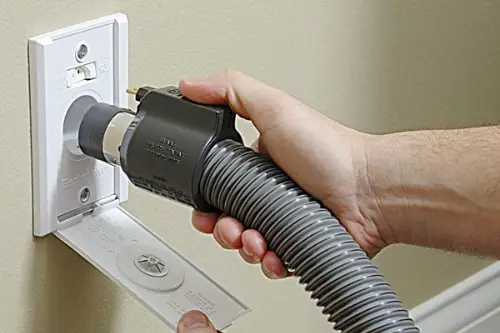
Central vacuums sound like a brilliant luxury—just plug the hose into the wall and clean with power! But unless you live in a perfectly designed, clutter-free space, hauling the hose around is awkward and tiring. Plus, those wall ports are often located in strange spots, meaning you still end up dragging 30 feet of hose across a room. Many homeowners end up just using a regular vacuum instead.
Even worse, the main unit—usually installed in a garage or basement—needs periodic maintenance. Filters clog, motors burn out, and clogs in the wall tubing can be nearly impossible to clear. If you don’t use it regularly, dust can build up inside the pipes themselves. It’s a great concept, but for most households, it’s just a cool idea collecting cobwebs.
9. Jetted Bathtubs
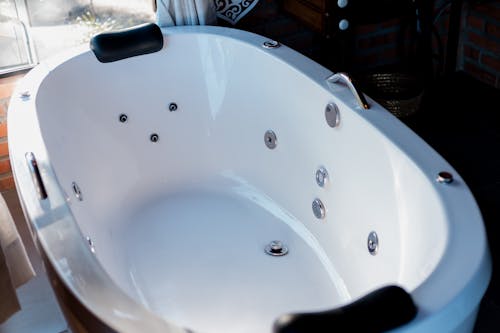
Jetted tubs are a classic American luxury—spa nights at home, bubbles, and relaxation. The reality? Most people use them a few times and then never again because they’re noisy, slow to fill, and hard to clean. Those jets? They collect grime and mildew unless cleaned meticulously, and no one wants to bathe in that.
They also require more hot water than most standard tanks can provide, so you often run out before it’s full. Over time, the motorized parts may fail, and repair costs aren’t cheap. Some people even find the jets uncomfortable, especially if they’re fixed in place. What was supposed to be a symbol of relaxation often ends up as an oversized soaking tub you avoid using.
This post 9 American Housing Amenities That Sound Fancy But Work About Half the Time was first published on American Charm.


